Bring café-quality espresso home with a professional-grade espresso machine. Discover how to choose the perfect...

Milk Steaming Mastery: Creating Café-Quality Microfoam at Home
Ask any barista what separates a good cappuccino from a great one, and they’ll tell you—it’s all in the milk texture. Perfectly steamed milk transforms your espresso into a creamy, velvety delight with a glossy microfoam that sits beautifully on top.
The best part? You don’t need a commercial setup to achieve it. With the right espresso machine for home and a little practice, you can create café-quality microfoam right in your kitchen. Let’s dive into how you can master the art of milk steaming.
What Is Microfoam?
Microfoam is the silky layer of fine, velvety bubbles created when milk is steamed with the espresso machine’s frother or steam wand. Unlike large, airy bubbles used for traditional frothy drinks, microfoam has a smooth texture that blends perfectly with espresso, ideal for latte art and flat whites.
When done correctly, microfoam should have a shiny, paint-like surface that glides over the espresso rather than floating on top.
The Science Behind Milk Frothing
Steaming milk isn’t just about heating it—it’s a careful balance between temperature, texture, and aeration.
When the steam wand introduces hot air into the milk:
- The proteins in the milk stabilize the tiny bubbles.
- The fat adds richness and creaminess.
- The temperature (ideally between 55°C–65°C / 130°F–150°F) enhances sweetness while preventing scalding.
If the milk overheats above 70°C, it loses its sweetness and becomes flat or burnt-tasting—so control is key.
Tools You’ll Need
To create consistent microfoam, make sure you have:
- A semi-automatic espresso machine or dual boiler espresso machine with a steam wand (e.g., Rocket Appartamento, Lelit Bianca, Rocket R58).
- A stainless-steel milk pitcher (350–600 ml).
- A milk thermometer (optional but helpful).
- Fresh cold milk (whole milk works best for beginners).
Step-by-Step: How to Steam Milk Like a Barista
- Start with Cold Milk: Pour fresh, cold milk into your pitcher—about one-third full. Cold milk gives you more time to control texture before it heats up.
- Purge the Steam Wand: Always purge any condensation from the wand before steaming to prevent watering down your milk.
- Position the Wand Correctly: Insert the steam wand just below the surface of the milk, near the side of the pitcher at a slight angle. This helps create a whirlpool motion—essential for even aeration.
- Aerate the Milk (Stretching Phase): Turn on the steam and listen for a gentle “hiss” or “tss tss” sound. This means air is being incorporated into the milk. Continue this for 3–5 seconds, depending on how much foam you need.
- Submerge and Spin (Texturing Phase): Once enough air is introduced, lower the wand deeper into the milk to heat it and create a smooth, spinning motion. This blends the air evenly, creating that fine microfoam texture.
- Stop at the Right Temperature: Turn off the steam when the pitcher feels too hot to hold for more than 2 seconds (around 60°C).
Pro tip: If you hear screeching, your wand is too deep; if it’s splattering, it’s too high. - Polish the Milk: Tap the pitcher gently on the counter and swirl it to eliminate any visible bubbles. The milk should now look glossy and thick, like wet paint.
Common Mistakes to Avoid
- Over-aerating the milk – Too much air gives you big bubbles instead of microfoam.
- Overheating – Burns the milk and kills sweetness.
- Not swirling enough – Causes uneven texture.
- Using the wrong milk – Non-dairy milks froth differently; start with whole milk for consistency.
Choosing the Right Espresso Machine for Perfect Foam
If your goal is to make professional-quality drinks at home, your choice of espresso machine matters.
Here are some great options for milk steaming mastery:
- Rocket Appartamento TCA Espresso Machine: Compact, powerful, and ideal for consistent frothing.
- Lelit Bianca Dual Boiler Espresso Machine: Advanced control for both espresso and steam pressure.
- Rocket R58: Stable steam power with a commercial-grade wand.
- Best affordable pick: Lelit Anna Espresso Machine – great for beginners learning microfoam technique.
Machines with dual boilers let you brew espresso and steam milk simultaneously, maintaining optimal pressure and temperature for both.
Milk Types and Foam Quality
Different milks produce different textures:
- Whole milk: Best balance of fat and protein for silky microfoam.
- Low-fat milk: Creates lighter foam but less creaminess.
- Oat milk: Great dairy-free alternative with decent stretch.
- Soy or almond milk: Froth quickly but can separate if overheated.
Experiment to find what suits your taste and texture preference.
Taking It to the Next Level: Latte Art
Once you’ve mastered microfoam, you can start experimenting with latte art — hearts, rosettas, or tulips. Perfect microfoam allows smooth pouring and clear contrast with espresso crema.
Tip: Use a wide latte cup and pour from a consistent height and flow for best results.
Final Thoughts
Mastering microfoam is one of the most satisfying skills for any home barista. With practice, a quality espresso machine with frother, and a steady hand, you can enjoy café-quality cappuccinos, lattes, and flat whites anytime you want.
Remember:
- Cold milk, proper wand angle, and correct temperature are your foundation.
- Smooth, shiny, paint-like texture means you nailed it.
Start crafting your own coffeehouse experience at home with our selection of espresso machines, tampers, and milk jugs.
Frequently Asked Questions (FAQs)
Q1. What is microfoam and why is it important for coffee drinks?
Microfoam is finely textured, glossy milk foam that gives lattes and cappuccinos their creamy mouthfeel and enables latte art.
Q2. What temperature should milk be steamed to?
Ideal milk steaming temperature is 55°C–65°C (130°F–150°F). Beyond this, milk loses sweetness and may taste burnt.
Q3. Which milk type is best for frothing?
Whole milk produces the best microfoam due to its balanced fat and protein content. Oat milk is a great plant-based alternative.
Q4. Why does my milk have big bubbles instead of smooth foam?
You’re introducing too much air or holding the steam wand too high. Keep the tip just below the surface and create a steady whirlpool motion.
Q5. Can I make microfoam without an espresso machine?
Yes, but results vary. You can use a handheld milk frother or a stovetop steamer, though they may not produce true café-style microfoam.











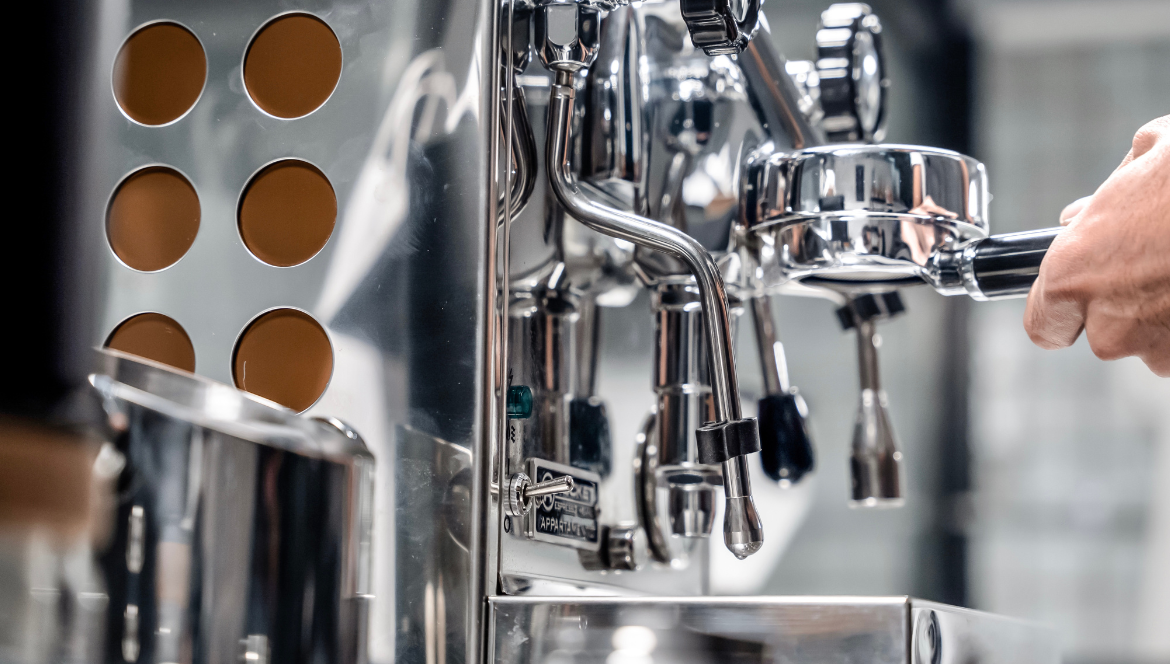
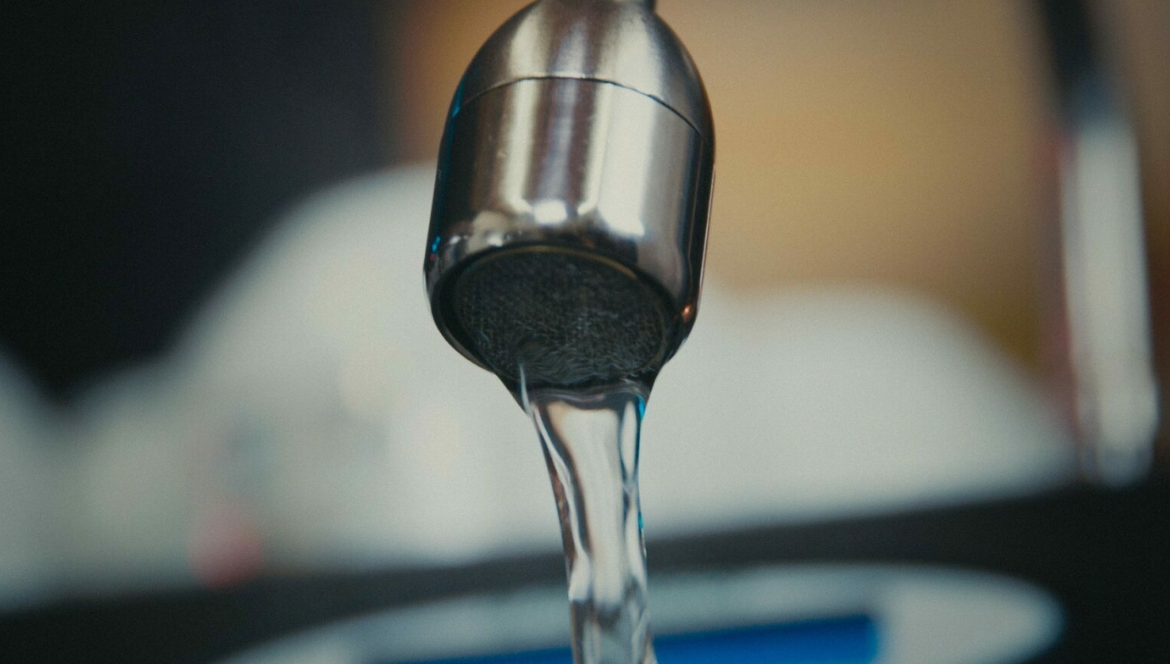
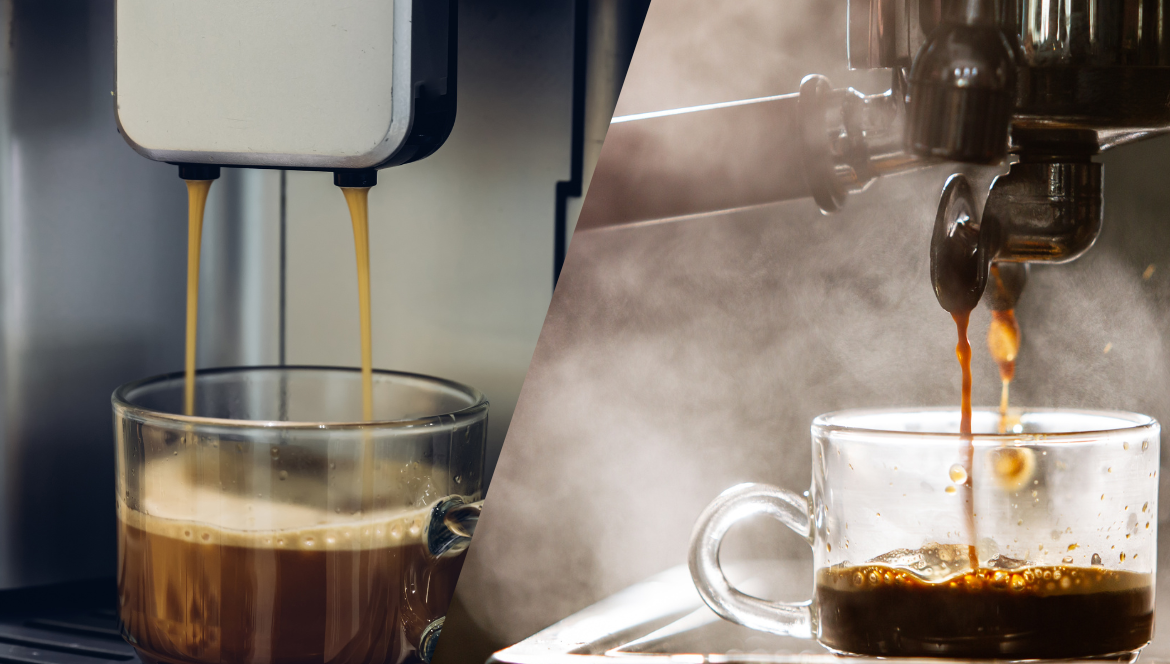
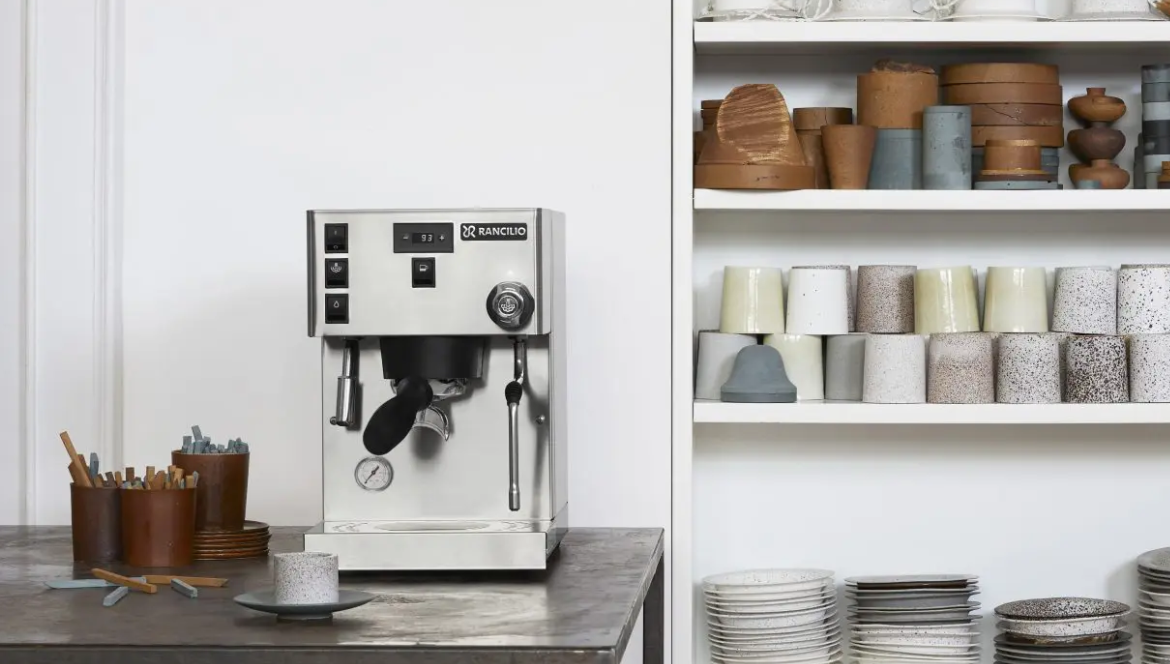
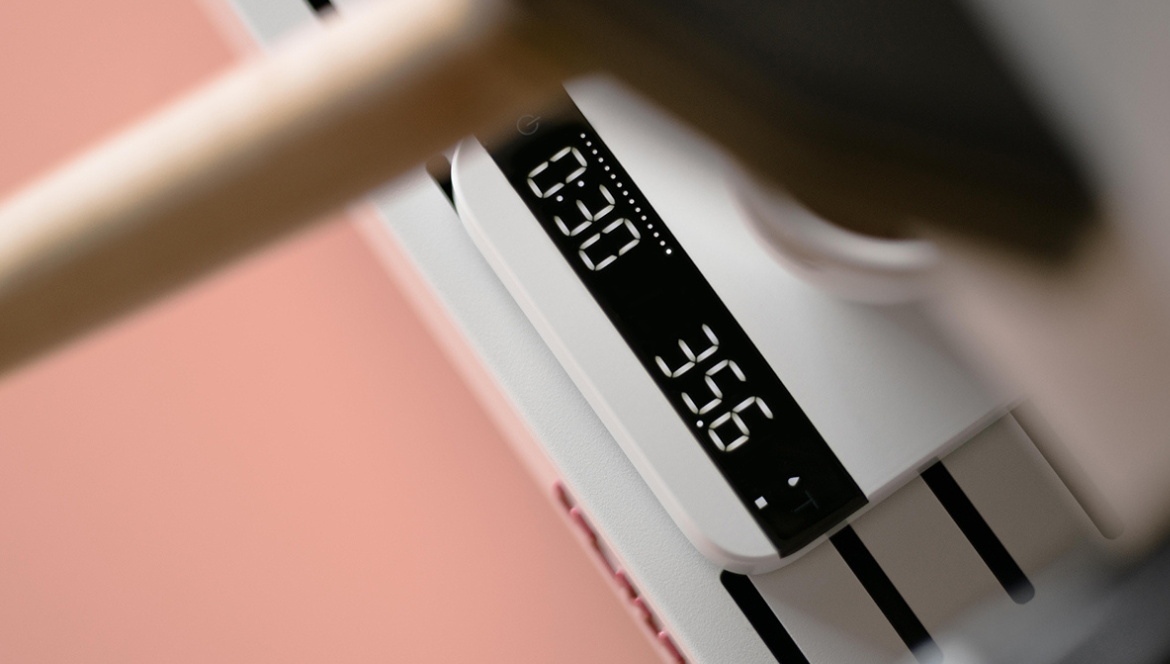

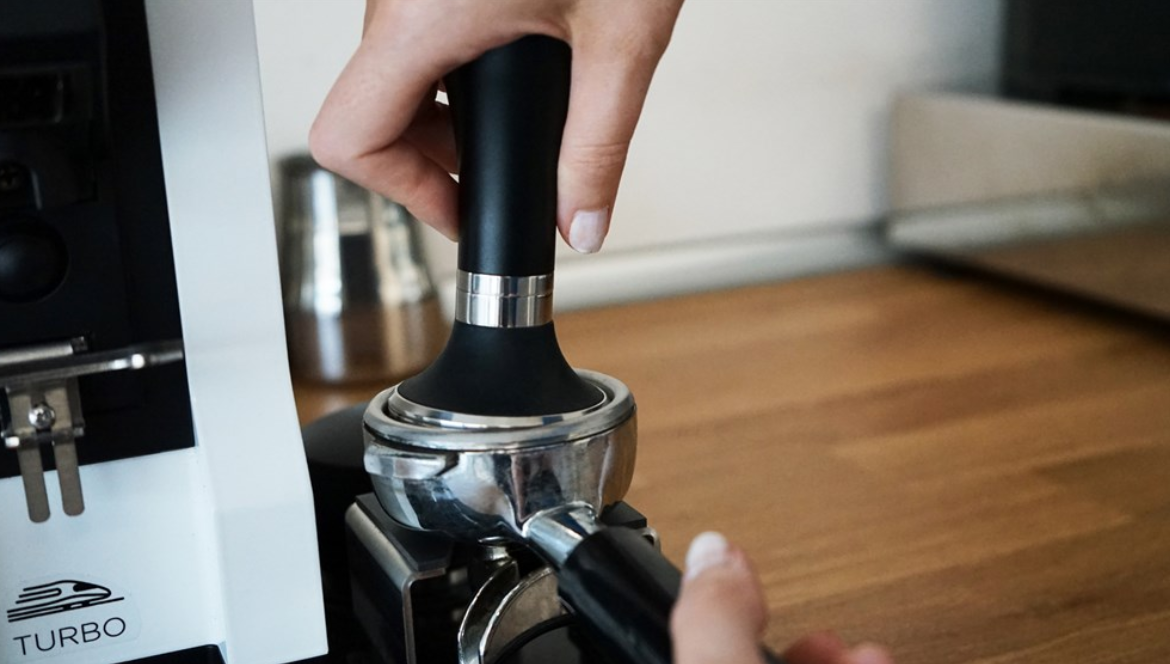
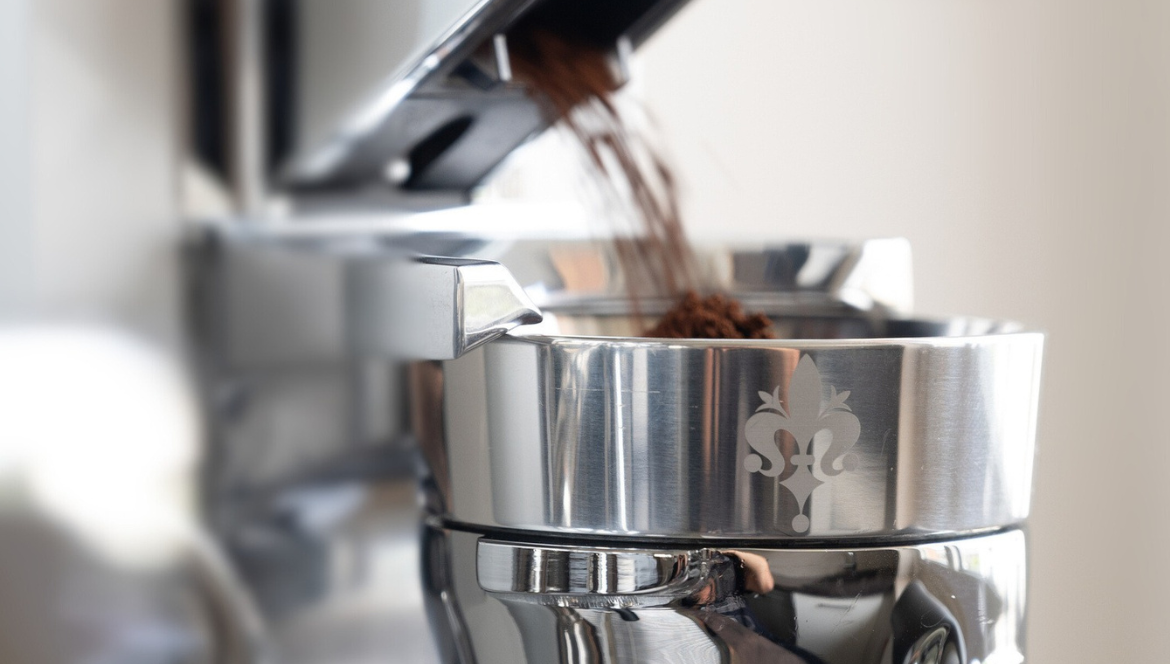
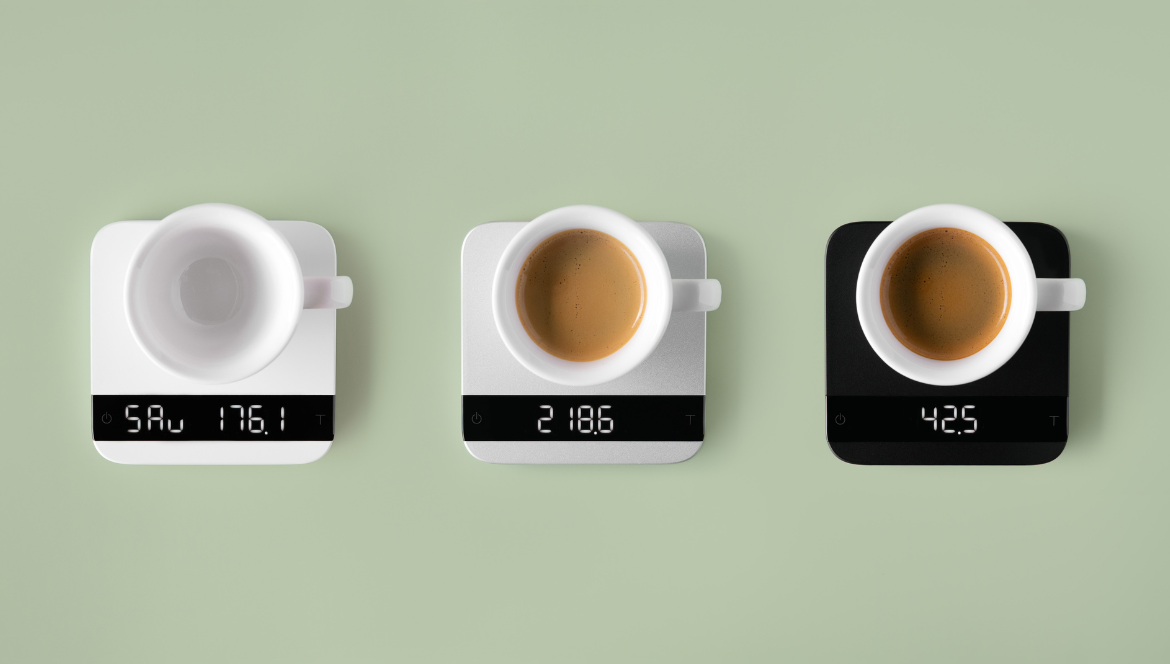
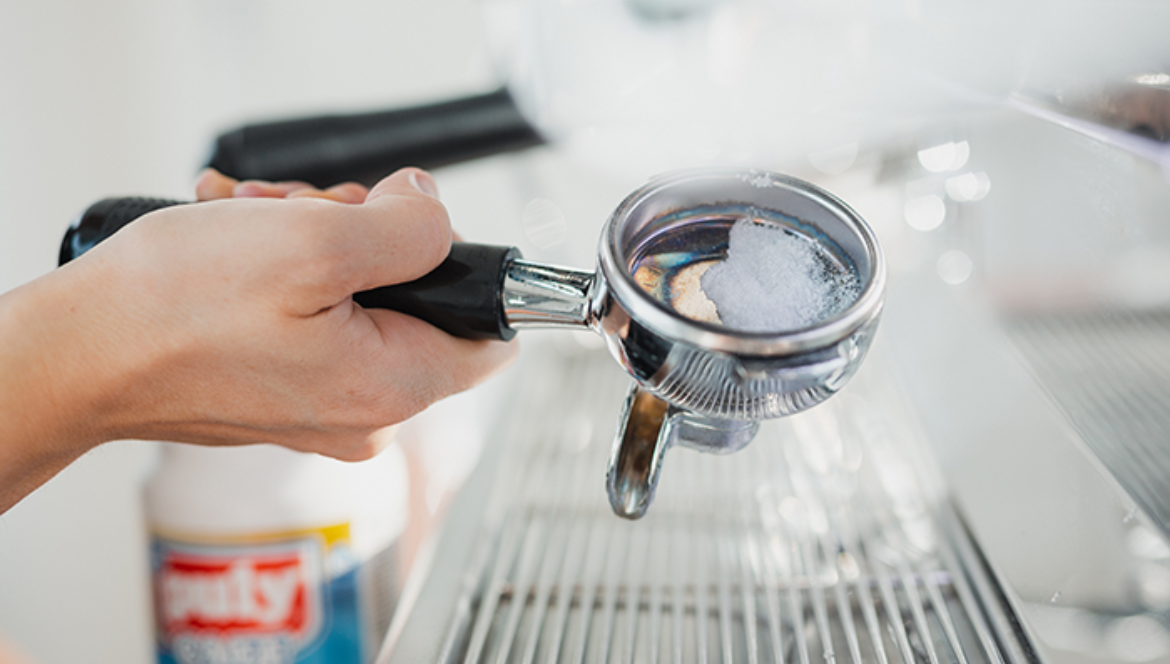
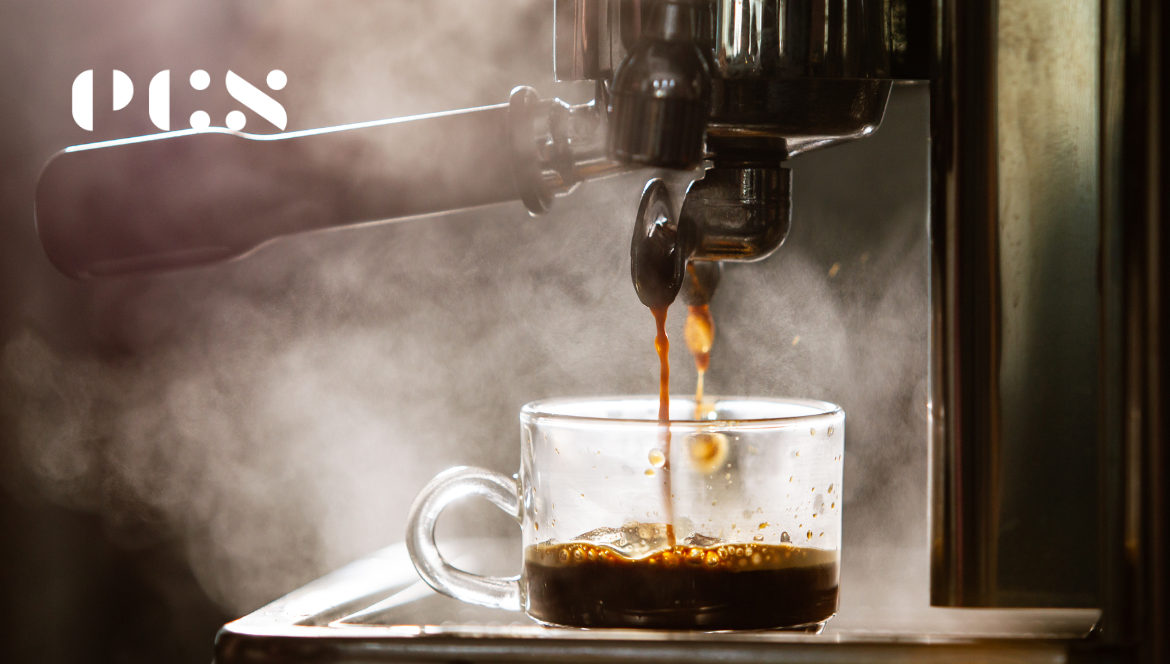
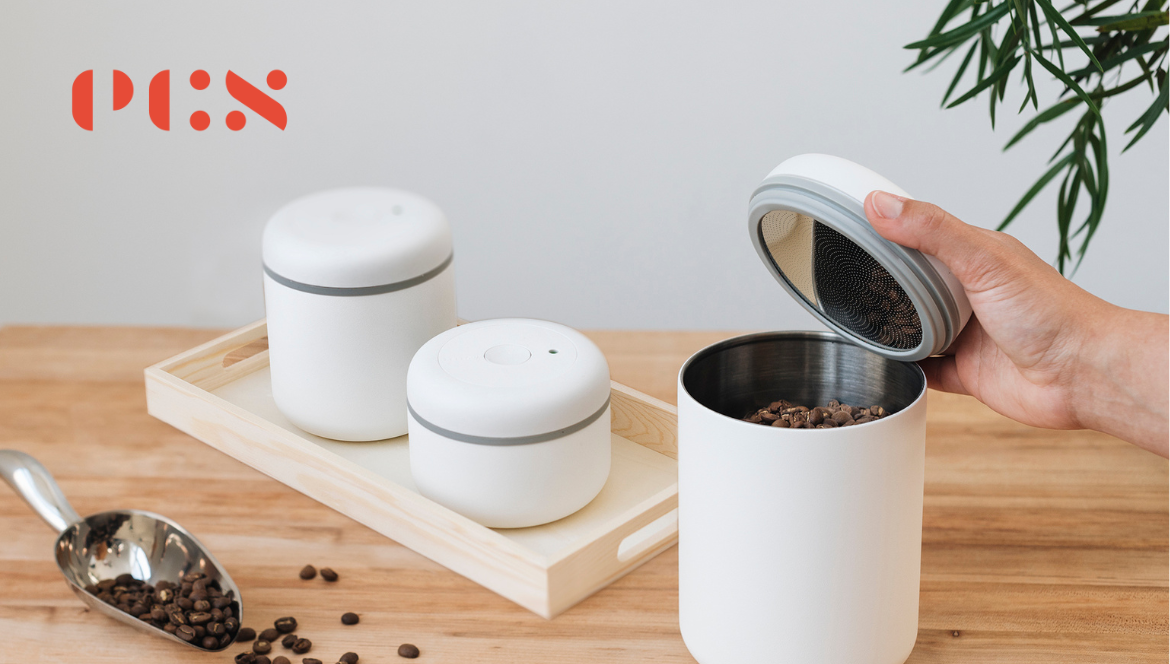
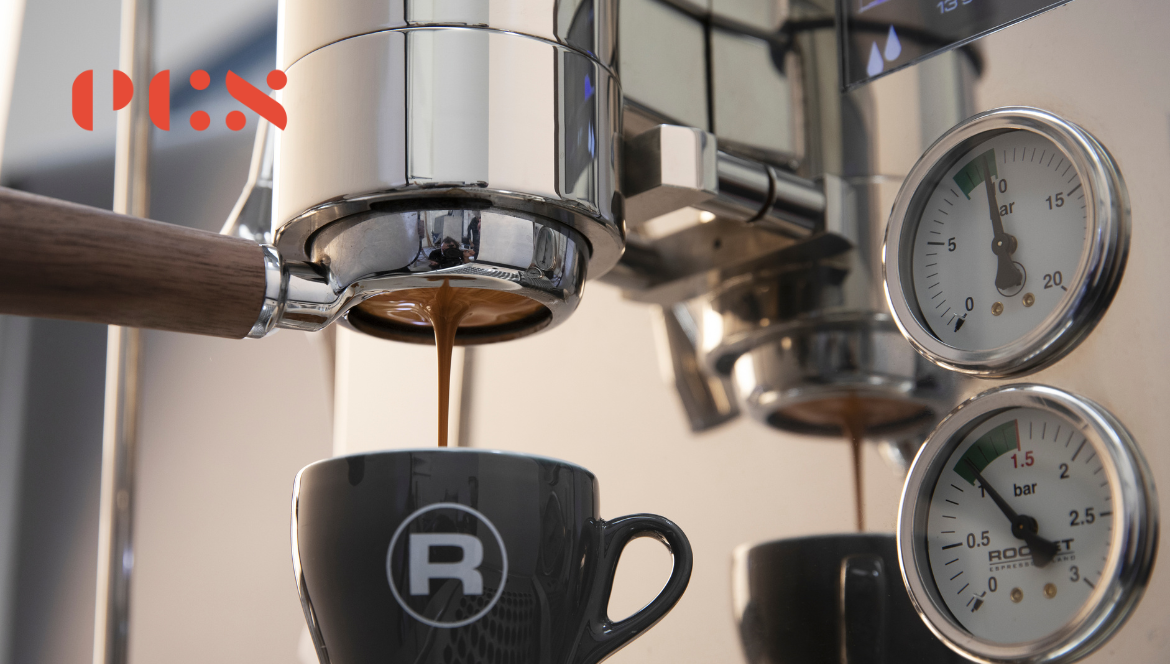
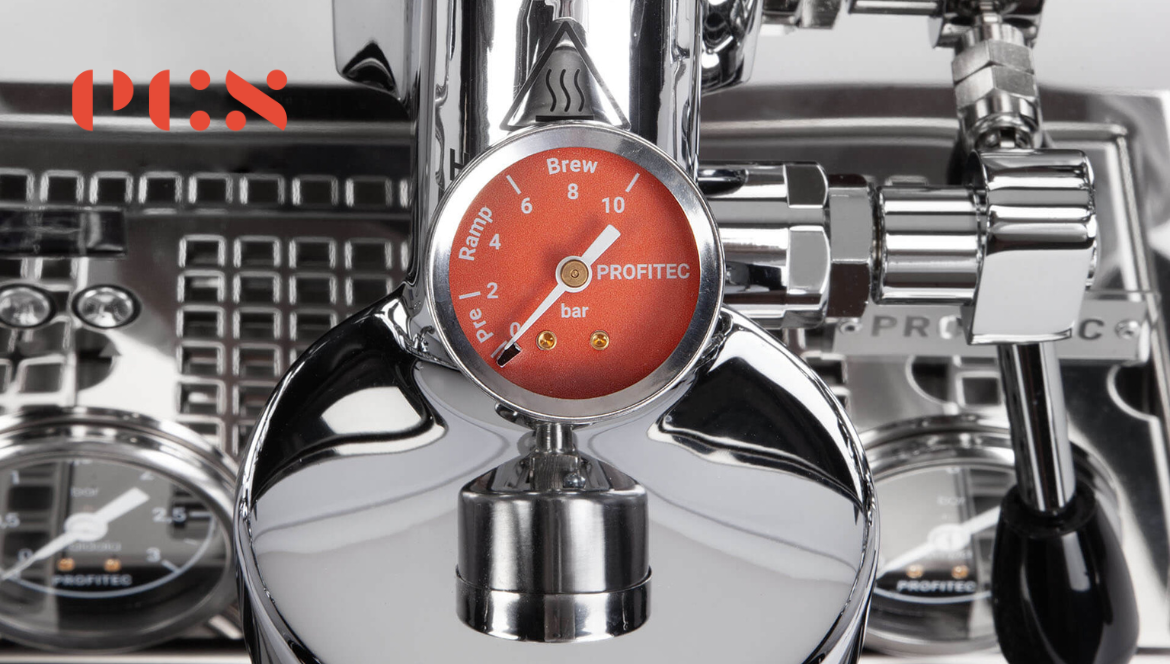
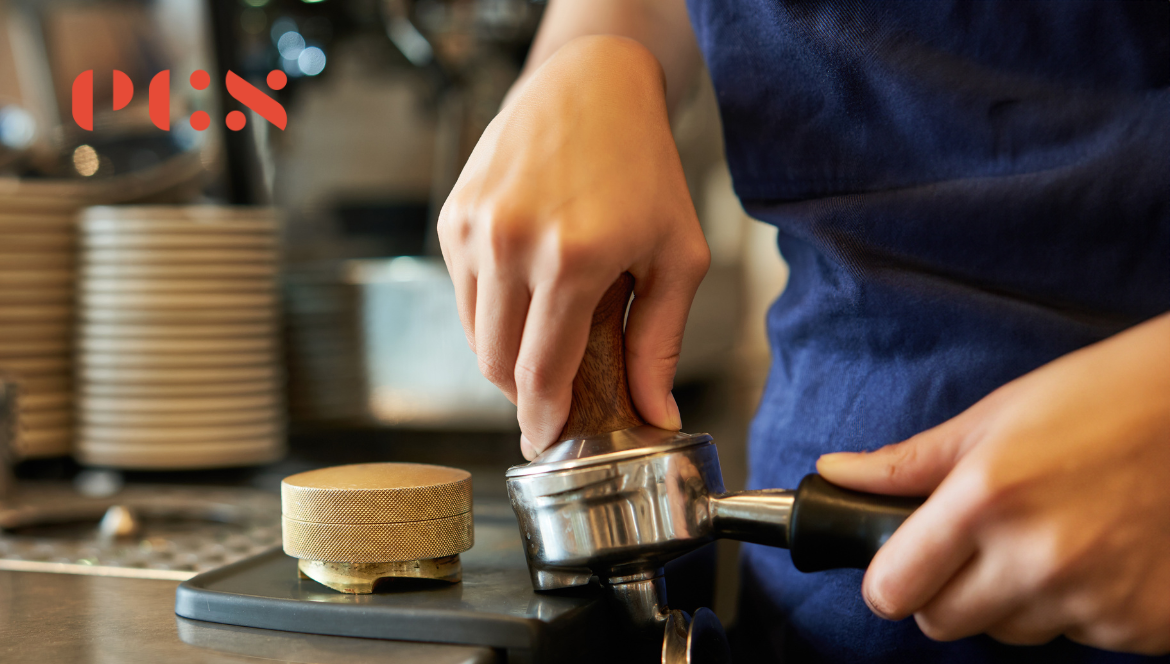
Leave a comment